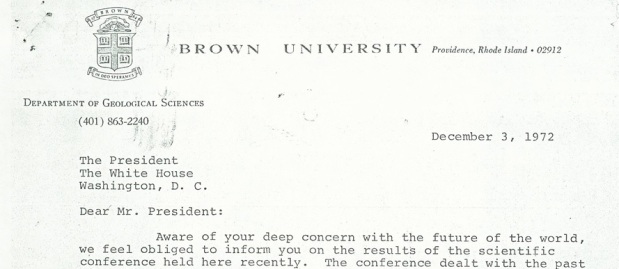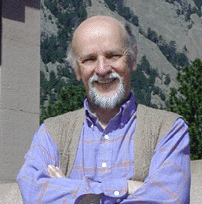Humanity is conducting an unintended, uncontrolled, globally pervasive experiment whose ultimate consequences could be second only to a global nuclear war.
Changing Atmosphere Conference Statement, Toronto, 30 June, 1988.
With the Greenhouse scare turning thirty this month, we remember the conference that launched it onto the global stage as the flagship cause of the Sustainable Development movement.
Before Paris there was Kyoto, but before Kyoto there was Toronto. Most climate activists today would be too young to recall where it all began thirty years ago this month. It was at the Changing Atmosphere conference, Toronto, 27-30 June 1988, that ‘greenhouse’ warming exploded onto the global stage, with demands for an immediate policy response. So successful was this event that the ‘Toronto Target’ remained the benchmark for any government response to the climate emergency until the ‘protocol’ finally agreed in Kyoto, 1997.

A report from the opening of the Toronto conference in The Guardian, 28 June 1988
In the old days before the warming scare, convention deemed that local weather observations could not pronounce on local climate until the ledgers ran down a continuous 30 years. And perhaps this could be our measure of global climate scares. Compare the cooling scare: launched in 1972, it was all over by the end of the decade. That was pretty much when the build-up to the warming scare began. But this one stuck around. It grew and prospered while the promised signs of catastrophe remained ever deferred.
If some sceptics are now sounding its death knells, then we do well to remember their premature ringing many times before. This horseman may be riding for an apocalyptic fall, but ride on he does; and with tremendous institutional inertia in the science, the science funding and energy policy. That this scare continues to evolve is all too evident when we consider that there has never been a greater impact on energy policy for major economic players like Germany, Britain and Australia. And this impact is in direct opposition to what would be our agreed economic, political and security interests if there were no scare. Make no mistake, this is a major social phenomenon, the full power of which we are only coming to appreciate as it arises stronger from every successive blow to its credibility. Continue reading









